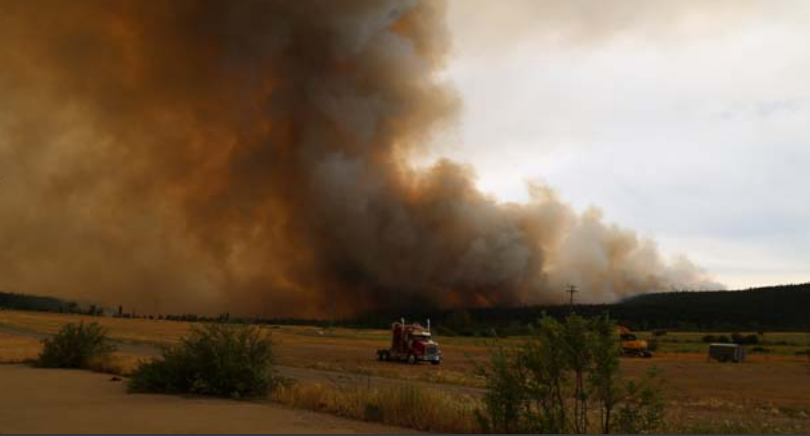A comprehensive wildfire report by the Tsilhqot’in Nation setting out findings from the 2017 wildfires as well as 33 calls to action was released today.
The report entitled The Fires Awakened Us comes one year following the signing of the first-ever tripartite Collaborative Emergency Management Agreement.
President of the Treasury Board and federal Minister of Digital Government, Joyce Murray said many First Nations impacted by wildfires in 2017 and 2018 incurred extraordinary expenditures.
She said they continue to work closely with the province and affected First Nations to make sure all eligible expenditures are reimbursed and the work of recovery continues.
“But our support is about more than money,” Murray said.
“The Government of Canada stands with you every step of the way as you rebuild and recover, and by working together we can create a new approach where First Nations are full partners in emergency management and in many cases, what I’m hearing, is leading the way.”
Murray said this is consistent with the Government of Canada’s commitment to have nation to nation relationships based on recognition of rights, respect, cooperation, and partnership.
She said the report that they’re receiving today will help inform them as they move forward toward a new way, and is confident that we’ll see a new partnership in emergency management become a reality soon.
Minister of Indigenous Services Seamus O’Regan, the BC Government, and the First Nations Leadership Council will sign a memorandum of understanding this Saturday.
BC Minister of Forests, Lands, Rural Resource Operations and Rural Development, Doug Donaldson said it is clear that the fires of 2017 have had a profound and lasting impact on the six First Nation communities that make up the Tsilhqot’in Nation.
“The report is an articulate, heartfelt, and comprehensive report of what you experienced during the fires, and just as important what your communities are still dealing with almost two years later,” he said.
“When the provincial state of emergency was declared on July 7th after lightning strikes that sparked over 130 wildfires no one knew what your Nation or the province would be dealing with over the next two months.”
Donaldson said the Hanceville and Plateau FIres encompassed about 761,000 hectares of land which was 63 percent of the total area impacted in the province that summer.
“There’s no question that the wildfires of 2017 had a disproportionate and devastating effect on your communities and I want to acknowledge that fact right from the offset so it begs the question where do we go from here.”
(Editor’s Note: Listen to Chief Joe Alphonse, Tsilhqot’in National Government Tribal Chair in the audio file below)




